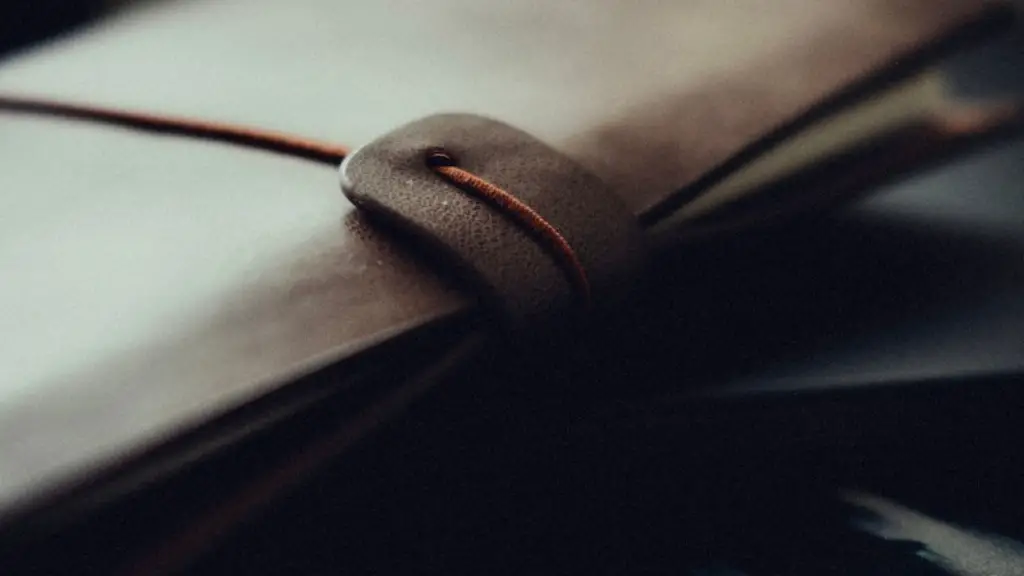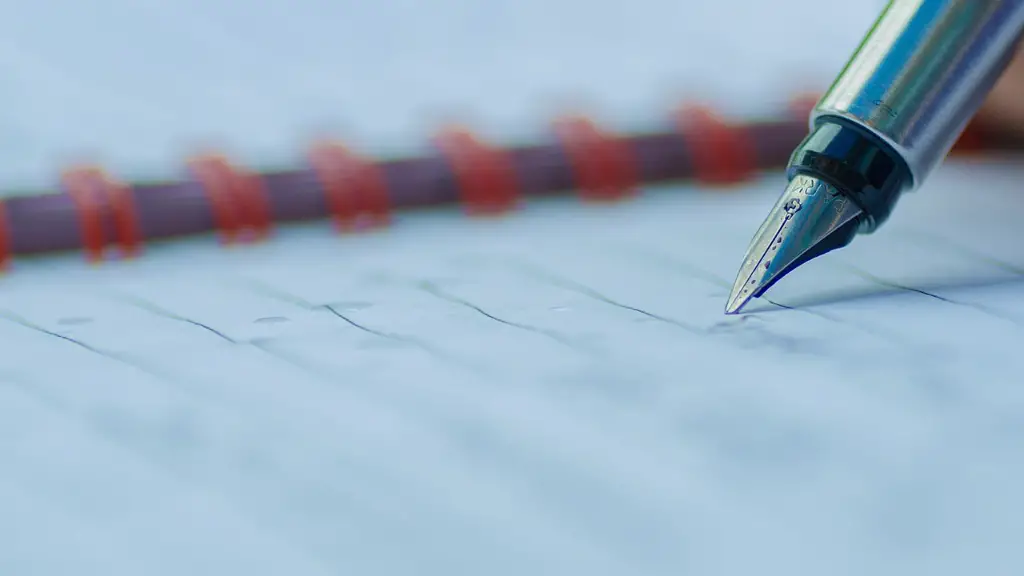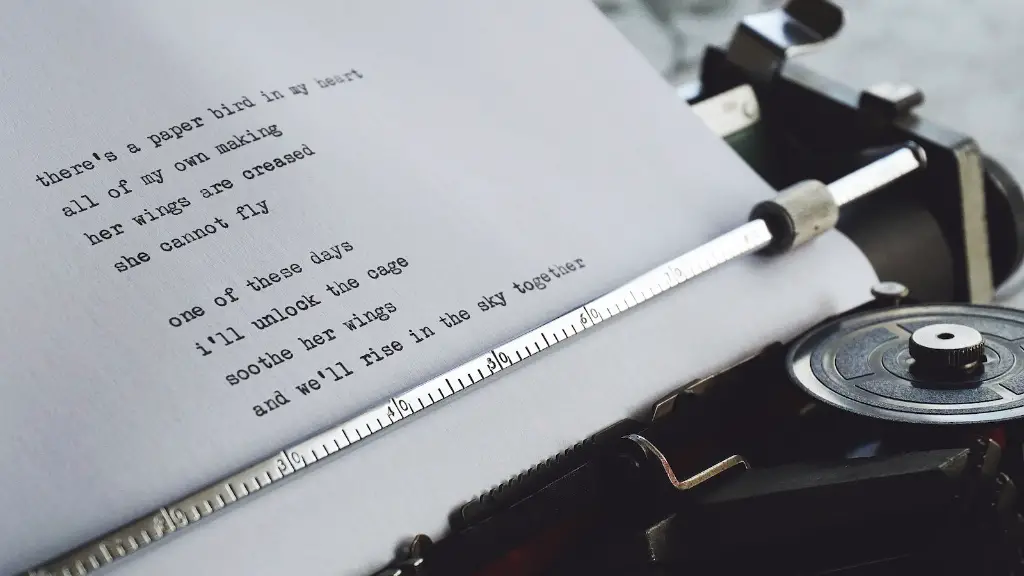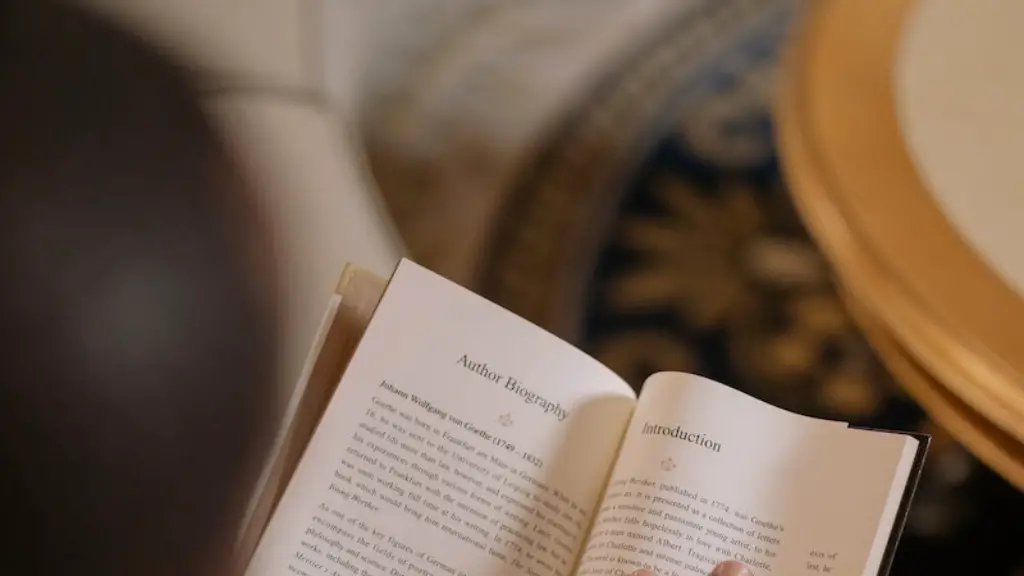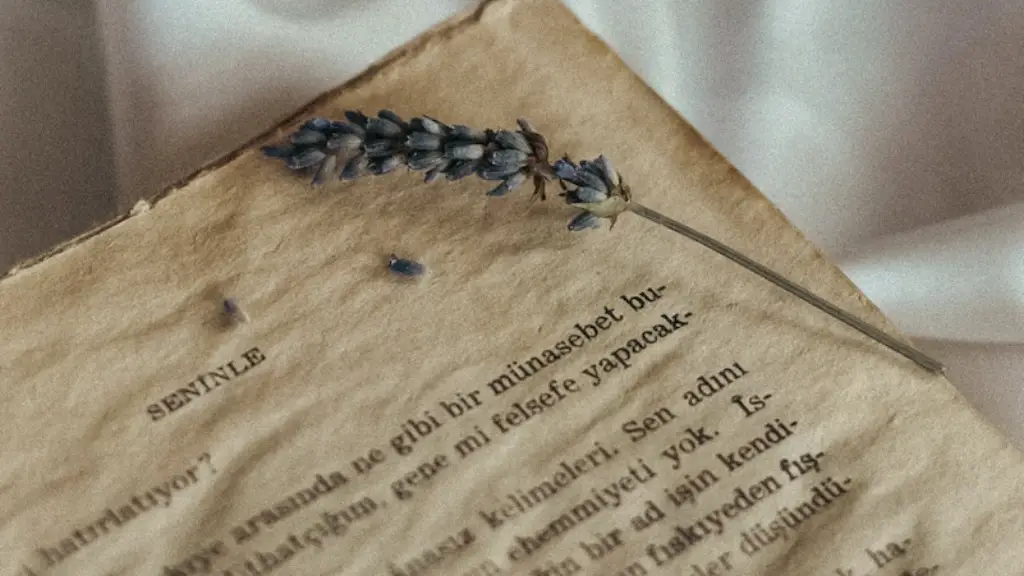Emily Dickinson was an avid reader, and her library at her home in Amherst, Massachusetts, was filled with books on a wide variety of topics. In addition to the many novels she read, Dickinson also had a keen interest in poetry, theology, and philosophy. She was particularly influenced by the works of Ralph Waldo Emerson and Henry David Thoreau.
During her lifetime, Emily Dickinson read widely in both British and American literature. She was particularly well-read in the works of William Shakespeare, John Milton, Lord Byron, and Edgar Allan Poe.
Did Emily Dickinson read Shakespeare?
Emily Dickinson was an avid reader of Shakespeare’s works, and several references to his plays and sonnets can be found both in Dickinson’s letters and in her poems. Dickinson was particularly fond of Shakespeare’s sonnets, and many of her own poems can be seen as modern-day sonnets. In her letters, Dickinson often quoted Shakespeare, and she even wrote a poem called “My Life Had Stood – A Loaded Gun” which is based on Shakespeare’s Macbeth. It is clear that Shakespeare had a big influence on Dickinson, and her poetry often reflects this.
Emily Dickinson was a prolific poet who also had a keen interest in botany. She compiled a large herbarium of pressed flowers and plants, which is now housed at Harvard University. This collection provides a fascinating insight into her interests and the natural world that she observed around her.
What did Emily Dickinson’s poems focus on
Emily Dickinson was a keen observer of the world around her, and she used images from nature, religion, law, music, commerce, medicine, fashion, and domestic activities to explore universal themes. In her poems, she often explored the wonders of nature, the identity of the self, death and immortality, and love. Dickinson was a master of using language to create powerful and evocative images, and her poems continue to resonate with readers today.
Emily Dickinson is considered one of the leading 19th-century American poets. She is known for her bold original verse, which stands out for its epigrammatic compression, haunting personal voice, and enigmatic brilliance.
What Bible did Emily Dickinson read?
Dickinson was a voracious reader, and the King James Bible was one of her favorite books. She often quoted it from memory, and its stories and characters frequently appeared in her letters and poems. She had a deep understanding of the Bible and used it as a source of inspiration for her own writing.
Dickinson’s style is unique in that it disregards many common literary rules. She experimented with capitalization and allowed sentences to run on. Her work was inspired by the rhythmic devices of religious psalms, but she commonly interspersed her own creative pauses within the stanzas.
Why is Emily Dickinson a genius?
Emily Dickinson is one of the most renowned poets in American history. She left behind a collection of approximately 1800 poems, personal letters, and jagged fragments of her journals. These writings, combined with the few facts we know about her life, have led researchers to believe that Emily was a genius. While we may never know the full extent of her brilliance, her words continue to inspire and touch hearts all over the world.
Emily Dickinson was brought up in a Calvinist household and attended religious services with her family at the village meetinghouse. Congregationalism was the predominant denomination of early New England. Emily Dickinson’s father was a deacon in the church.
What is Emily Dickinson most famous quote
Hope is the thing with feathers that perches in the soul and sings the tunes without the words and never stops at all. It is the hope that keeps us going in difficult times, the hope that gives us strength to carry on. Hope is what makes us human and it is what makes us unique.
With its sweet message and singable rhythm, “Hope” is arguably Dickinson’s best-known work. The poem celebrates hope as a powerful force that can never be quenched, despite the challenges and hardships of life.
What is the most common theme seen in Emily Dickinson’s poems?
Scholars indeed do agree that Dickinson addressed literary themes common to her era, but many agree that she did so in a unique way. Love, death, sentiment, war, religion were all topics that were common in the literature of Dickinson’s day, but she often approached them from a different perspective. This is what has led to her being considered one of the most original and innovative writers of her time.
Hope is the thing with feathers
That perches in the soul,
And sings the tune without the words,
And never stops at all,
And sweetest in the gale is heard;
And sore must be the storm
That could abash the little bird
That kept so many warm.
I’ve heard it in the chillest land,
And on the strangest seas;
Yet, never, in extremity,
It asked a crumb of me.
What was Emily Dickinson’s writing style
Emily Dickinson is one of the most famous American poets, known for her use of slant-rhyme, conceits, and unconventional punctuation. She was born into a prominent family in Amherst, Massachusetts, and lived a largely reclusive life. Today, Dickinson is considered one of the most important American poets, and her work is widely studied and anthologized.
It is important to be aware of the various types of phone scams that are out there. This will help you to protect yourself and your finances from being taken advantage of. Some common scams include:
· Pretending to be from a credible organization or government agency in order to get personal information or money
· Spoofing caller ID in order to trick the person into thinking they are speaking with a legitimate entity
· Asking for donations to a fake charity
· Selling bogus products or services
· Offering free gifts or prize winnings in order to get financial information
If you receive a suspicious call, hang up and do not give out any personal information. You can also report the call to the Federal Trade Commission or your local Better Business Bureau.
What literary techniques does Emily Dickinson use?
Dickinson’s imagery is often vague and open to interpretation, which allows for a greater sense of ambiguity in her poems. Enjambment also contributes to this sense of ambiguity, as it can create unfinished thoughts or ideas that leave the reader wondering what came before or what comes next. Dashes are another way that Dickinson adds to the ambiguity of her poems, as they can be used to create abrupt breaks in the flow of thought or to emphasize certain words or phrases. Ultimately, these devices work together to create a sense of uncertainty in Dickinson’s poetry that can be both confusing and intriguing for readers.
I agree with this assessment of Dickinson’s lack of interest in politics. It seems to me that she saw politics as something that didn’t really affect her life or the lives of those she cared about. Why bother with something that didn’t really matter?
Conclusion
Emily Dickinson read a great deal during her lifetime, including many works by her favorite authors. She was particularly fond of the works of William Shakespeare, Ralph Waldo Emerson, and Henry David Thoreau.
There is no definitive answer to this question, as Emily Dickinson’s reading habits are not well-documented. However, it is safe to say that she read a wide variety of material, both fiction and non-fiction. Her poetry often shows evidence of her extensive reading, with references to classical literature, the Bible, and other works. In addition, she was known to exchange letters with a number of literary figures, which suggests that she was well-versed in the writings of her day. Ultimately, Emily Dickinson was a voracious reader who likely drew inspiration from many different sources.
